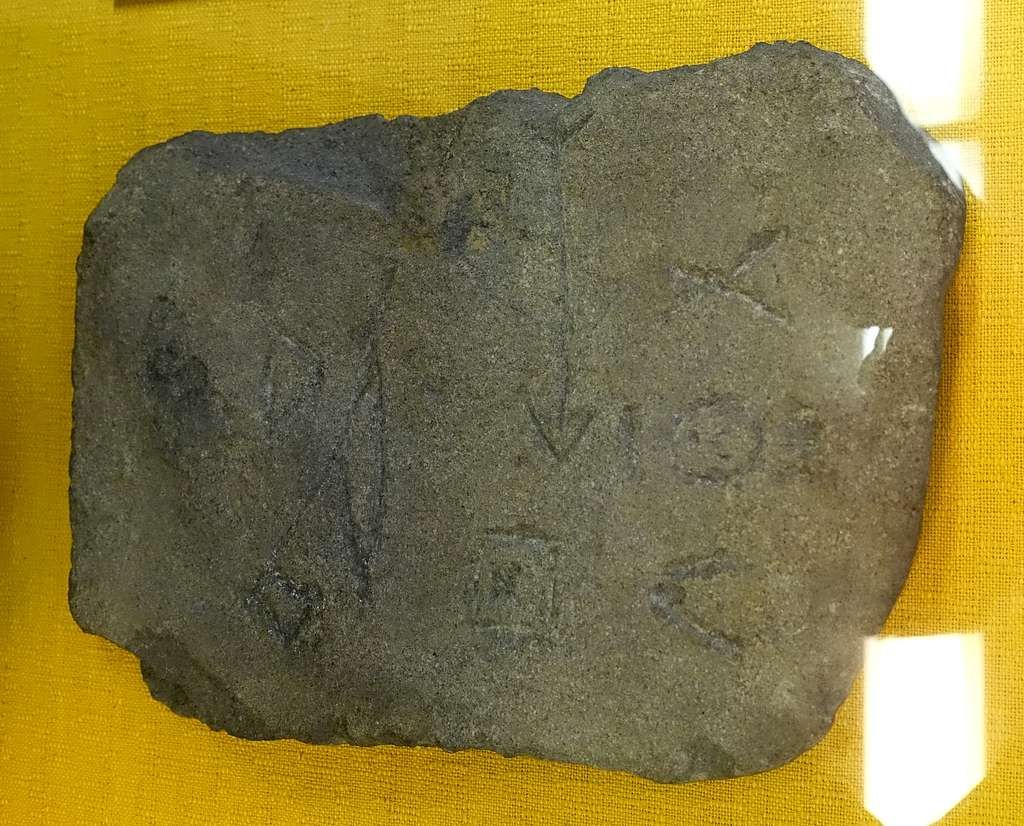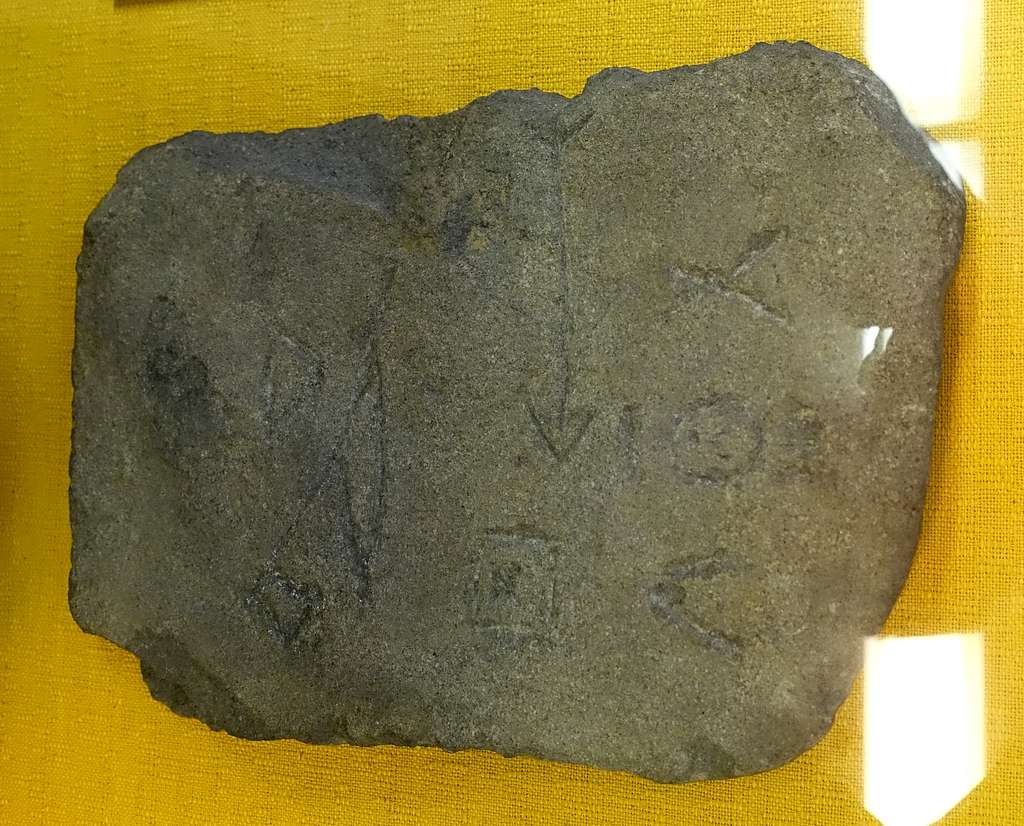Unveiling Gravestones with Pictograms: Traces of Wampanoag Presence In New England

Not far from Westport is a small town called Dighton, Massachusetts. Here lies a captivating historical mystery waiting to be unraveled: gravestones adorned with pictograms, bearing witness to a fascinating chapter in New England’s past. Dating back 400 to 150 years before present, these enigmatic artifacts provide tantalizing glimpses into the Contact Period, when European settlers first encountered the indigenous peoples of the region, including the Wampanoag.
Crafted from green platy argillite, a type of sedimentary rock found locally, these gravestones are adorned with intricate symbols and pictorial representations, serving as tangible markers of cultural exchange and interaction between different societies during a time of profound transformation.
The presence of Wampanoag pictograms on these gravestones highlights the enduring influence of indigenous traditions and beliefs in the face of colonial encroachment. Each symbol tells a story, a testament to the resilience and creativity of the Wampanoag people as they navigated the complexities of cultural contact and adaptation.
One such site where these remarkable gravestones can be found is the Old Colony History Museum in Taunton, Massachusetts. Here, visitors can marvel at these ancient artifacts and contemplate their significance in the broader context of colonial history.
But the story doesn’t end there. Recent discoveries suggest that similar gravestones with pictograms may lie hidden in other parts of the region, including Westport and its surrounding areas. In particular, the presence of the Wampanoag in the Sawdy Pond area of Westport adds another layer of intrigue to this ongoing archaeological investigation.
The Wampanoag, whose ancestral lands encompassed much of present-day southeastern Massachusetts, Rhode Island, and parts of Connecticut, played a pivotal role in shaping the course of early American history. Their presence in the Sawdy Pond area underscores the deep connection between indigenous peoples and the land, a connection that endures to this day.
As archaeologists and historians continue to uncover and interpret these fascinating artifacts, they shed new light on the complex dynamics of cultural interaction and exchange during the Contact Period. The gravestones with pictograms serve as poignant reminders of the diverse voices and experiences that have shaped the history of New England, inviting us to explore and appreciate the rich tapestry of our shared past.






